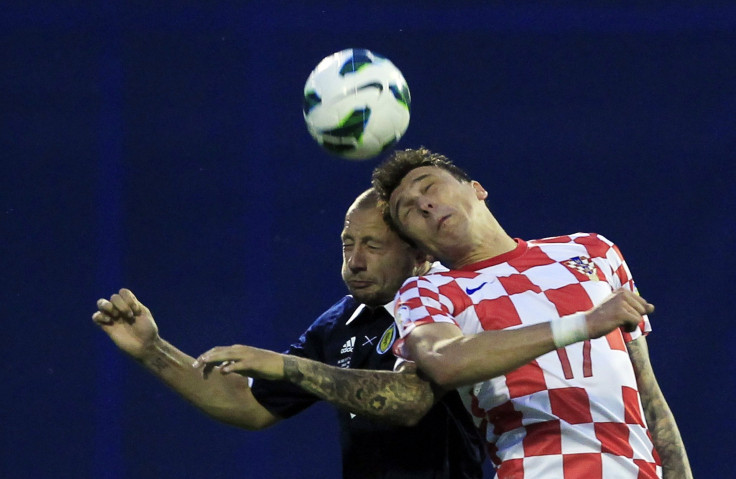Repeat Concussions Require Longer Recovery Time In Children And Young Adults, May Throw Two-Week Rule 'Out The Window'

Now, more than ever, concussions and other head trauma are receiving national attention for the irreparable damage they can cause in athletes. College and professional players alike suffer lifelong injuries from the constant pounding on their skulls, particularly in sports like hockey, football, and boxing.
New data shows that children and young adults are also a high-risk group — not necessarily for concussions at the onset, but on the backend during recovery.
The Boston's Children Hospital found that kids and young adults ages 11 to 22, who have had previous concussions, reported a longer recovery time than those with their first concussion. While most patients return to full health within 12 days, adolescents with a history of head trauma experienced a recovery time of 28 days. Patients whose concussions happened less than a year after the previous one took up to 35 days.
Sixty percent of the adolescent patients received their concussion while playing sports, the study found.
This data comes as participation in youth sports is at an all-time high. Numerous surveys have shown an increased popularity among the youth in hockey and tackle football, with one set of data reporting an almost 20 percent increase in tackle football participation from 2000 to 2009, and a nearly 60 percent increase in ice hockey.
No cause has been provided yet for the lingering presence of symptoms in repeat concussion patients. Possible explanations suggest that perhaps those who have been concussed do not experience symptoms and exacerbate the damage over time, or perhaps that those with prior concussions are just more acutely aware when a new concussion begins to show symptoms.
An author of the study and physician at Boston's Children Hospital, Dr. Matthew Eisenberg said the unknown cause gives concern for kids who may be predisposed to multiple concussions.
"There may be a subgroup of kids, particularly those who play contact sports who are at risk over the course of their adolescence — those are the ones we worry about," he said.
The window of one year for preventing extended recovery time still remains foggy, however.
"We need to figure out, more specifically, what the vulnerable window is," Eisenberg said. "Is it one month? Is it three months? We don't know."
"The most important piece of information that comes out of this study is, if you've had prior concussions, the 10- to 14-day (recovery) thing may be completely out the window," said Dr. Paul Comper, Ph.D., a clinical neuropsychologist from the University of Toronto, who wasn't involved in the new study.
The Centers for Disease Control and Prevention reported that 173,000 children end up in the emergency room annually due to concussions sustained during an activity, which includes participating in youth sports or taking insufficient safety measures in other activities, such as riding a bike without a helmet. Research also indicates that concussions occur more frequently during games than in practice.
Concussions result from heavy force to the skull and brain, with typical symptoms ranging from dizziness and headaches, to more serious indications of a brain injury: slurred speech, clumsiness, and vomiting.
Eisenberg urges parents not to consider the data so alarming as to prevent children from participating in youth sports, as he says the benefits of physical activity far outweigh the dangers of a concussion.
Pertaining to the resilience of adolescence, he noted that virtually all kids get better after these types of accidents. "The question is how long it takes," he said.
Source: Eisenberg M, Andrea J, Meehan W, Mannix R. Time Interval Between Concussions and Symptom Duration. Pediatrics. 2013.
Published by Medicaldaily.com



























